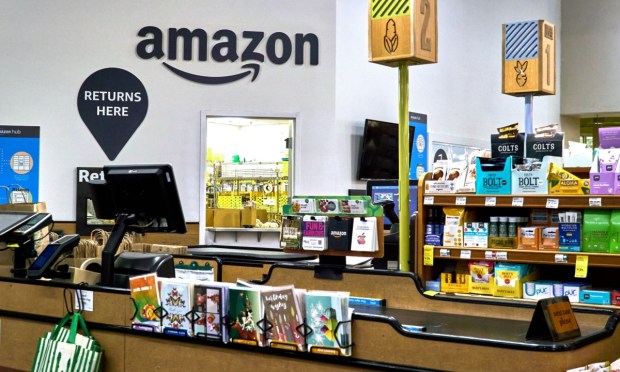
An integral aspect of the retail cycle, returns have surged in recent years with the growth of online channels. However, accompanying this increase in returns is a concerning trend: the escalation of returns fraud and policy abuse.
According to a report by the National Retail Federation (NRF), retailers encountered various forms of return fraud in the past year. Among these, 44% dealt with returns of shoplifted or stolen goods, while 37% experienced returns involving fraudulent or stolen tender. Another 20% cited return fraud orchestrated by organized retail crime groups.
But it’s not just fraudulent actors exploiting the system. Returns abuse, wherein customers take advantage of lenient return policies or return used, non-defective merchandise — commonly known as wardrobing — further adds to the strain on retailers.
Richard Kostick, CEO of 100% PURE, highlighted the issue in a recent interview with PYMNTS, noting that a significant portion of U.S. consumers (56%) have “confessed to returning” purchased items “after using them once or twice.” This, coupled with the 25% of consumers who have admitted to making purchases with the intent of returning them after use, has further compounded the financial strain on retailers, he said.
Translating this strain into numbers, return fraud contributed to $101 billion in overall losses in 2023 alone, with retailers projected to lose $13.70 for every $100 in returned merchandise, according to data from the NRF. Moreover, fraudulent activities and abuse accounted for nearly 14% of total returns last year.
However, amid these challenges, retailers are leveraging data-driven and tech-enabled solutions to detect and combat returns fraud and abuse more effectively.
To start, connected devices offer promising solutions, with technologies like surveillance cameras and monitoring systems aiding in the detection of in-store swaps and prevention of price-switching at checkout. Additionally, advanced technologies can prove vital in analyzing customer behavior, distinguishing between legitimate and fraudulent patterns, and alerting store employees in real-time to potential abuses.
Moreover, artificial intelligence (AI)-driven chatbots deployed for online purchases can help flag customers exhibiting suspicious behavior, deterring fraudulent activities. These technological advancements not only enhance fraud detection but can also support employee training and education, empowering frontline staff to combat return fraud effectively.
When it comes to customers who create new online identities to exploit the returns process, data can play a pivotal role in separating genuine, transacting customers from fraudulent actors, Doriel Abrahams, head of risk, U.S., at Forter, told PYMNTS.
Forter’s platform, for instance, helps uncover user identities across its partner firms, employing advanced analytics and generative AI intelligence to map out these identities and link them to specific behaviors. This comprehensive approach enables retailers to identify and differentiate between trustworthy customers and potential threats effectively.
“The key is to teach your AI models and the systems to ‘think’ the ways these people think and ask the right questions at the right time,” Abrahams said.